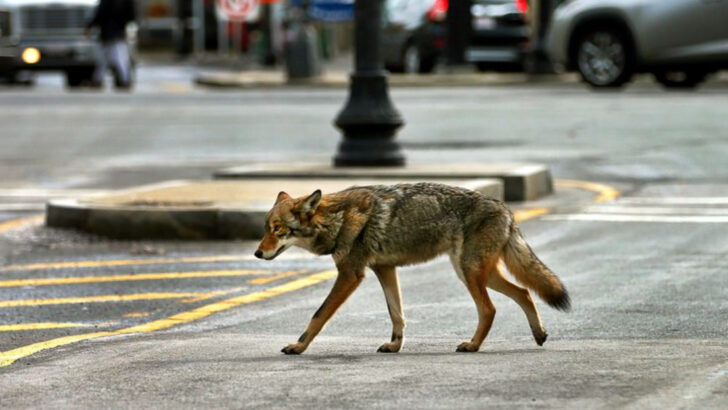Some animals don’t just survive in cities—they thrive. They squeeze through fences, nap under porches, raid garbage cans, and strut across sidewalks like they own the place. Then, when they feel like it, they vanish into the woods without a trace. These creatures live double lives—one paw in the wild, the other on your front lawn. From clever climbers to sneaky scavengers, these 15 animals have figured out how to work both sides of the map. Urban or untamed, they’re built for both worlds—and they’re not going anywhere.
Raccoon
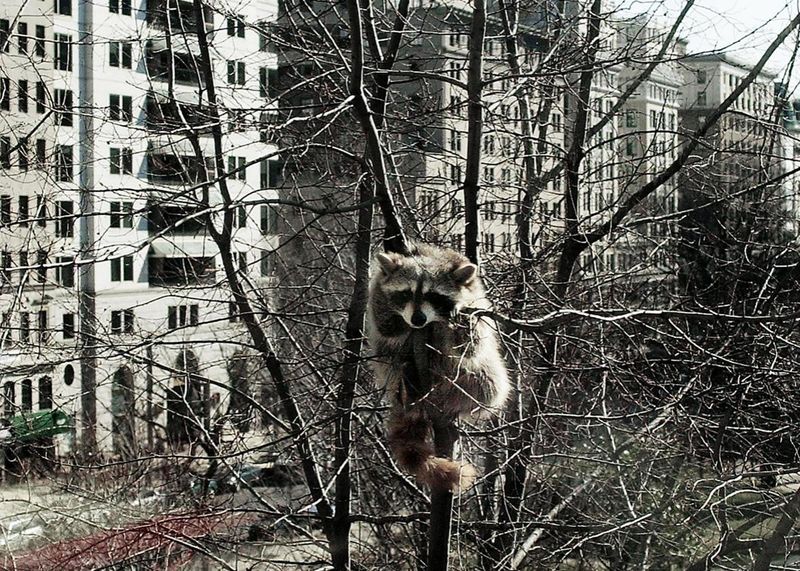
With their masked faces and ringed tails, raccoons are city dwellers’ familiar nighttime visitors. These adaptable creatures often forage for food in urban trash cans, showing remarkable problem-solving skills. In the wilderness, they are equally adept, using their dexterous paws to catch crayfish or climb trees.
Raccoons possess a keen sense of curiosity, which makes them fascinating to observe. Their ability to thrive in diverse environments is largely due to their varied diet and resourcefulness. Did you know raccoons can unlock complex latches? This trait highlights their intelligence and adaptability perfectly.
Peregrine Falcon
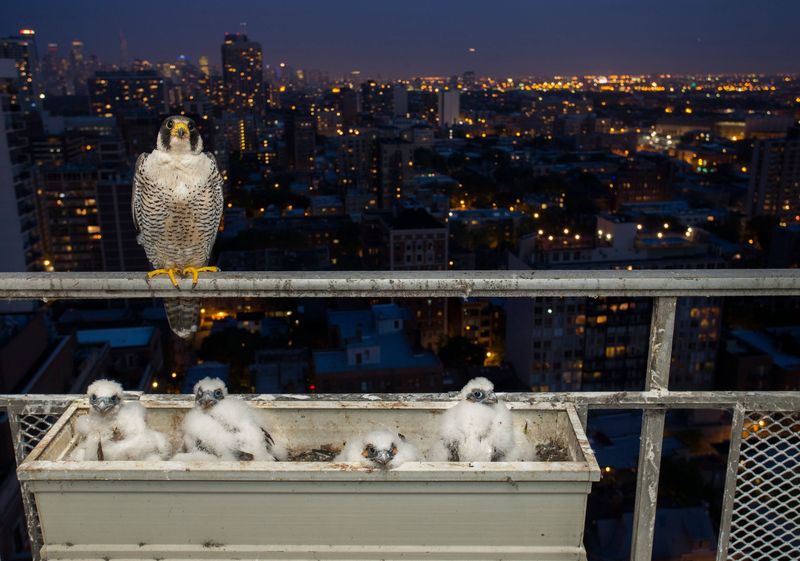
The peregrine falcon is the world’s fastest bird, capable of reaching speeds over 240 mph during its hunting stoop. Its presence in cities has increased, thanks to tall buildings that mimic its natural cliffside nesting sites.
In urban areas, peregrines hunt pigeons, seamlessly integrating into the urban ecosystem. Meanwhile, in the wilderness, they demonstrate their prowess by hunting a variety of birds. Their adaptability has led to a remarkable recovery in populations once endangered by DDT. An awe-inspiring symbol of speed and grace, the peregrine falcon thrives in both city and wild environments.
Red Fox
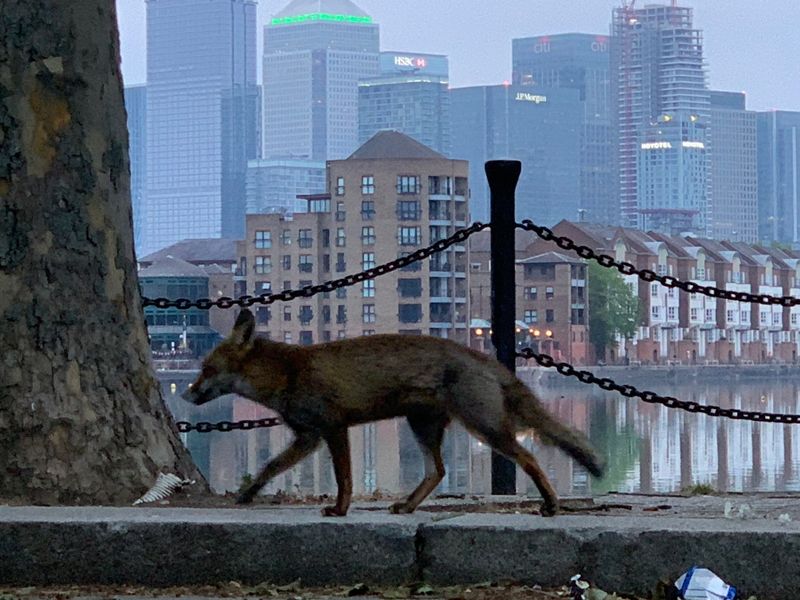
Red foxes are cunning and adaptable, finding homes in both bustling cities and tranquil forests. In urban areas, they often scavenge for food, relying on their sharp senses and agility. Their bushy tails and striking red coats make them a picturesque sight against city backdrops.
In the wild, they are known for their hunting prowess, stalking prey with stealth and precision. Red foxes can be surprisingly bold, often seen trotting through suburban areas at dusk. With their intelligence and flexibility, red foxes exemplify nature’s ability to coexist with human development.
Pigeon
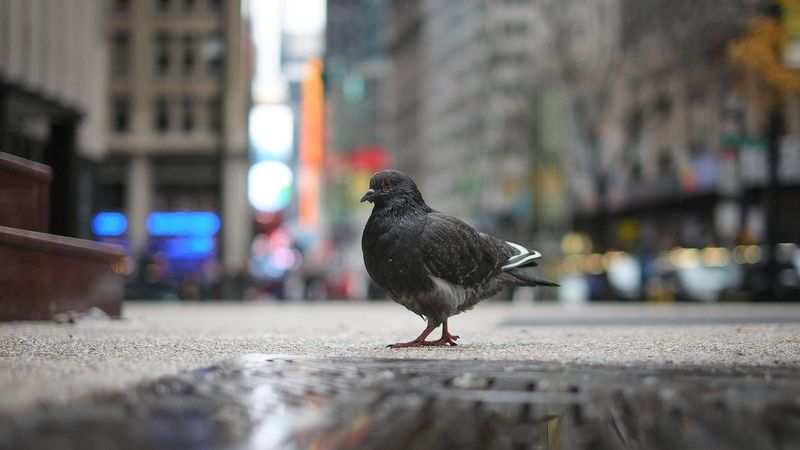
Often dubbed “rats with wings,” pigeons are ubiquitous in cityscapes worldwide. Despite their reputation, these birds display a remarkable capacity for adaptation. Cities provide abundant food sources, and pigeons have capitalized on this, thriving in metropolitan areas.
In the wild, rock pigeons nest on cliffs, demonstrating their versatility. They have a long history alongside humans, having been used as message carriers during wars. Pigeons possess a homing ability that has fascinated researchers for years. Whether in city squares or rural cliffs, pigeons continue to be a testament to avian adaptability.
Coyote
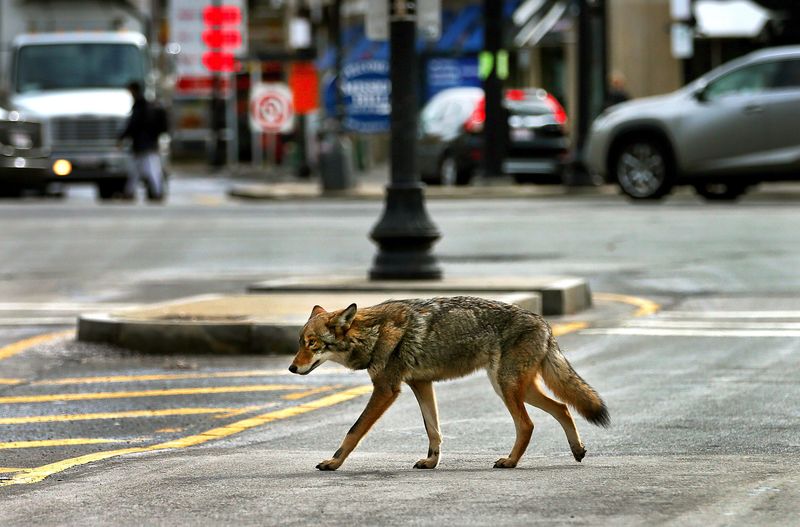
Coyotes are known for their resilience and adaptability, thriving in environments ranging from deserts to metropolitan areas. In cities, they are often seen trotting down streets or rummaging through trash, much like their rural counterparts searching for prey in the wild.
These canids have learned to navigate human-dominated landscapes, adapting their diets and behaviors accordingly. Their ability to adapt has even led to population increases in some urban areas. Coyotes’ elusive nature and howling calls continue to intrigue and sometimes unsettle city residents. They embody the wild’s presence in urban settings.
Squirrel
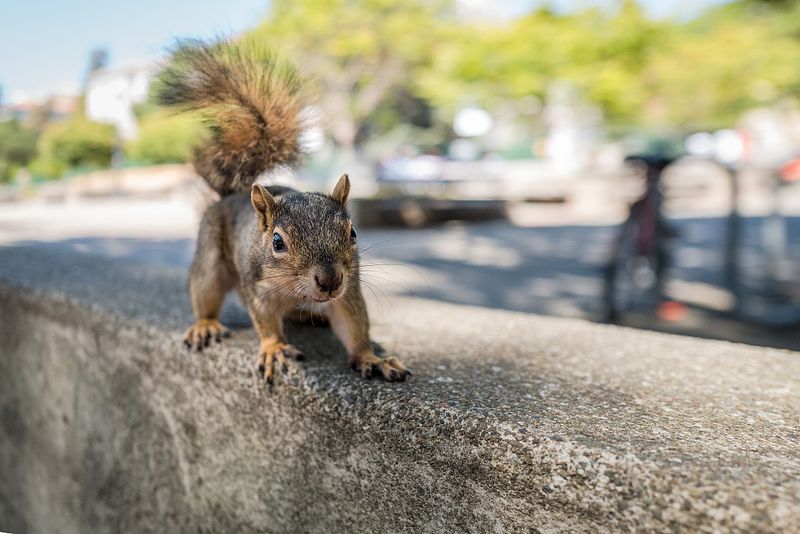
Few animals are as ubiquitous in both cities and forests as squirrels. These agile creatures are often seen darting across power lines or rummaging in city parks for acorns and scraps. Their adaptability to urban life is remarkable, with trees and buildings providing ample climbing opportunities.
In woodlands, squirrels play a crucial role in seed dispersal and forest regeneration. Their bushy tails and quick movements make them a charming sight, whether in an urban setting or a natural one. Squirrels’ ability to thrive in diverse habitats highlights their resilience and important ecological roles.
Opossum

Opossums, North America’s only marsupials, have found niches in city environments, often scavenging in trash cans and under porches. Their presence is a testament to their adaptability and tolerance for human activity.
In the wild, opossums are solitary creatures, using their prehensile tails and opposable thumbs to climb and forage. They are known for “playing dead” as a defensive tactic against predators. Despite their nocturnal habits and sometimes scruffy appearance, opossums play a beneficial role in controlling pests. This dual habitat capability makes them fascinating urban dwellers.
House Sparrow
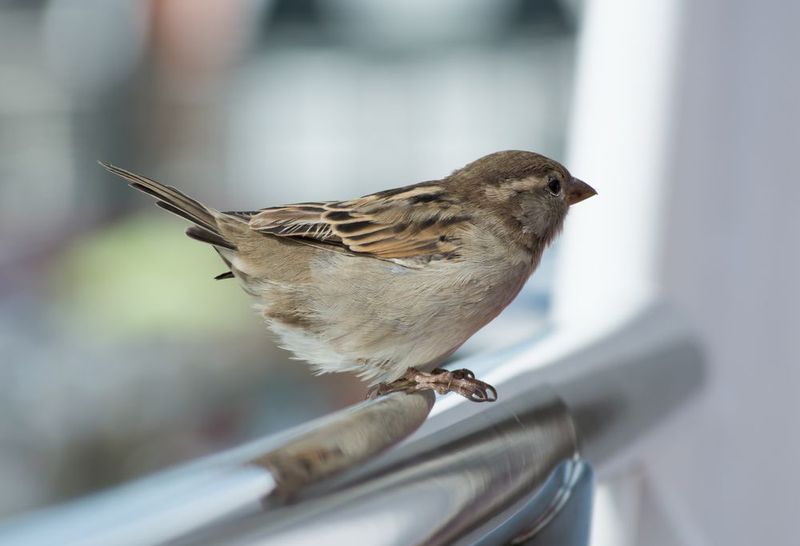
House sparrows are common sights in urban settings, flitting between city streets and gardens. These small birds are known for their adaptability and social nature, often seen in noisy flocks. Their diets include seeds, insects, and human food scraps, allowing them to thrive alongside people.
In the wilderness, they prefer open scrub or agricultural areas. Originally native to Europe, house sparrows have spread across the globe, adapting to diverse climates and habitats. Their cheerful chirping is a familiar sound, whether in a bustling city or a quiet countryside. House sparrows epitomize avian tenacity.
Bat
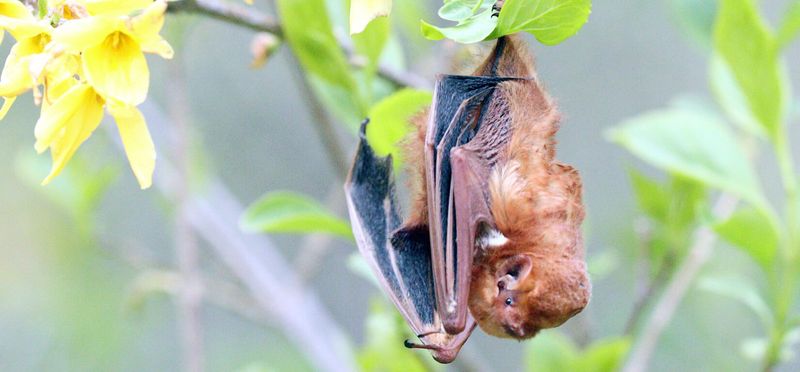
Bats are intriguing creatures that often reside in city parks and old buildings, using their echolocation to hunt insects. These nocturnal mammals have adapted to urban environments by roosting in buildings and bridges.
In the wild, bats play vital roles as pollinators and seed dispersers. Despite their mysterious reputation, they contribute significantly to ecosystems by controlling insect populations. Urban areas provide ample opportunities for feeding, making cities surprisingly bat-friendly. Bats’ quiet presence in cities and their ecological importance make them fascinating dwellers of both urban and natural worlds.
Mallard Duck
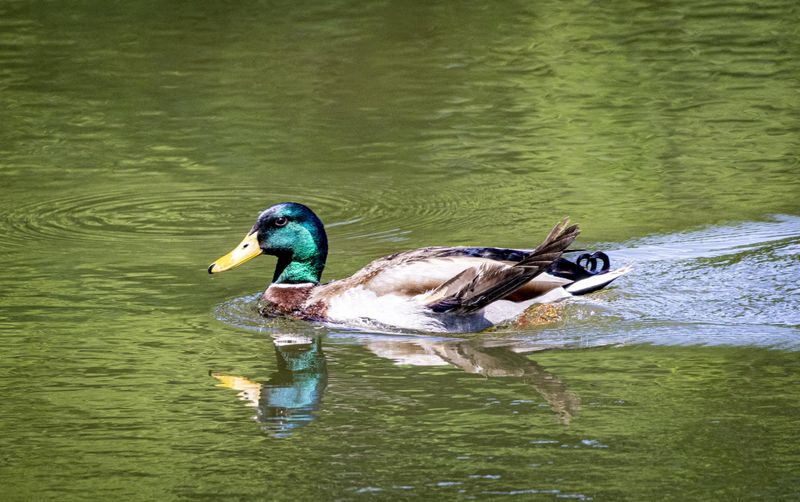
Mallard ducks are widespread and versatile, often found in city parks and natural water bodies alike. Their adaptability to human presence is evident in their comfort around people and willingness to eat bread from park-goers.
In the wild, they thrive in wetlands and ponds, where they feed on a variety of aquatic plants and small animals. With their distinctive green heads and quacking calls, mallards are a beloved sight worldwide. These ducks’ ability to live in harmony with humans in cities while maintaining their wild habits showcases their adaptability and charm.
Eastern Gray Kangaroo
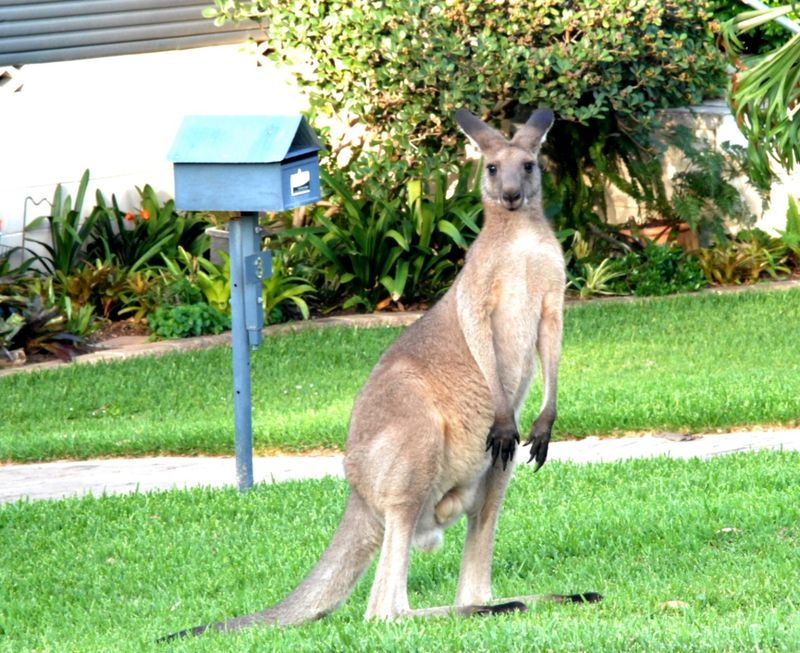
The Eastern Gray Kangaroo leaps into city parks just as easily as it bounds through the open bush. These marsupials, known for their powerful hind legs, have adapted to the fringes of urban areas where green spaces mimic their natural habitats. Their diet of grasses and shrubs is easily satisfied in both environments.
Surprisingly, kangaroos have been sighted grazing on the outskirts of urban gardens. Their social nature and ability to move quickly help them avoid city hazards.
Did you know? Kangaroos can travel up to 30 miles per hour, making them one of the fastest animals in both city and wild terrains.
European Hedgehog
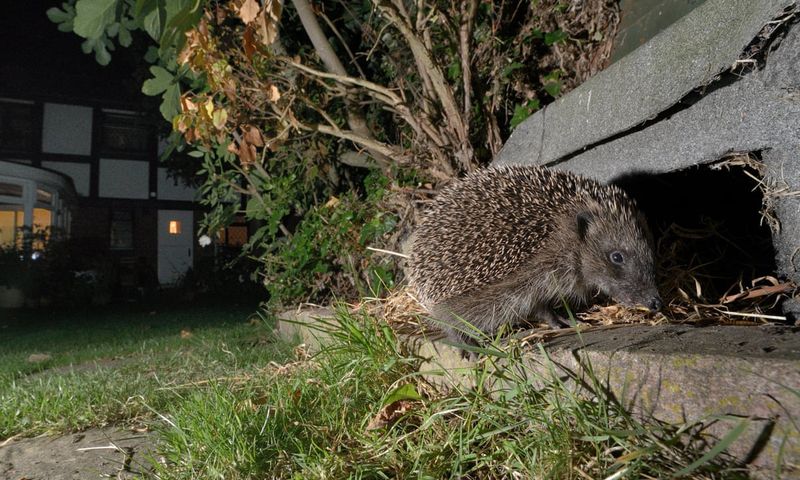
With its spiky coat and curious nature, the European Hedgehog finds comfort in both city gardens and forest undergrowth. These nocturnal creatures are expert insect hunters, thriving where insects abound.
City hedgehogs often roam parks and gardens, providing natural pest control. Their ability to roll into a protective ball helps them evade predators in both settings.
Interestingly, hedgehogs have been part of urban folklore for centuries. Their presence in city folklore highlights their long-standing coexistence with humans, making them beloved creatures in both urban and rural landscapes.
Barn Owl
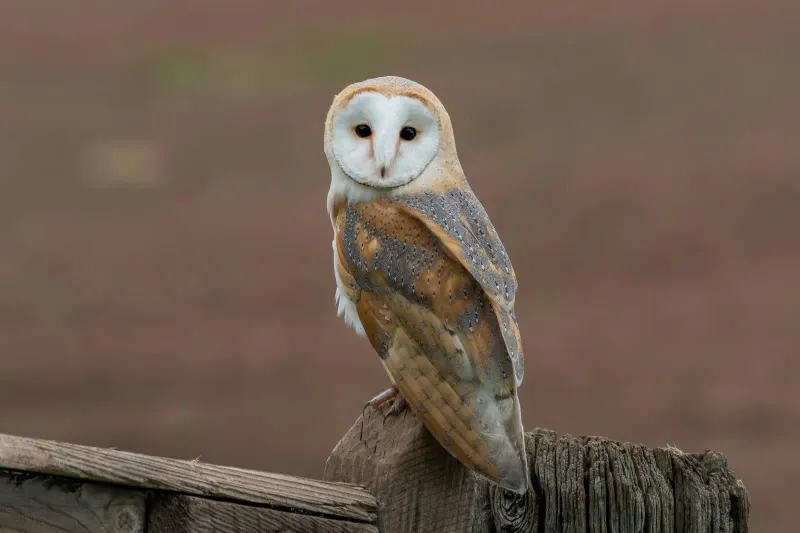
The Barn Owl, with its ghostly face and silent flight, is at home in both bustling cities and quiet countryside. These owls are masters of adaptability, nesting in urban buildings as readily as in rural barns.
Their acute hearing makes them formidable hunters, capable of detecting prey in the noisiest of environments. Cities provide ample hunting grounds with abundant rodents.
Did you know? Barn Owls have been symbols of wisdom and mystery across cultures. Their presence in both city and wild settings keeps them in the hearts of many.
Feral Cat
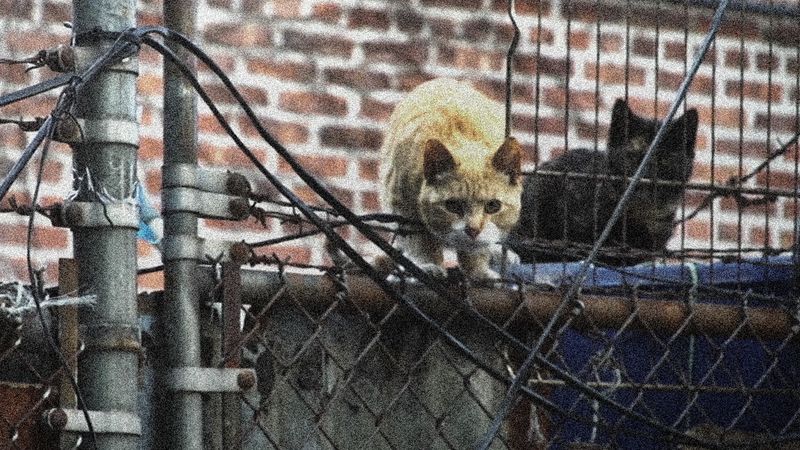
Perched atop a city rooftop or hidden in the wild underbrush, the feral cat navigates both worlds with ease. As descendants of domesticated cats, they retain the instincts of their wild ancestors. In cities, they often rely on their wits to find food and shelter.
In the wilderness, they hunt small prey and meld into the landscape. Feral cats have a strong survival instinct, making them adept hunters and elusive wanderers. Despite their solitary nature, they have adapted to human presence, often seen darting through alleys or basking in the sun on a quiet street corner.
Common Frog
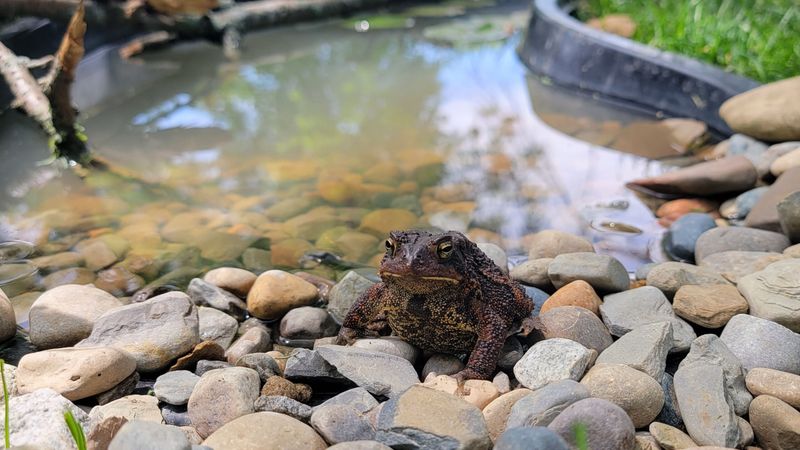
The humble common frog leaps gracefully through both city parks and remote woodland ponds. With their distinct croak, they announce their presence as dusk falls. In urban areas, they inhabit garden ponds, drainage ditches, and even roadside puddles.
Their permeable skin allows them to thrive in various environments, though it also makes them vulnerable to pollution. In the wilderness, they become part of a complex ecosystem, catching insects and providing food for predators. Frogs are environmental indicators, highlighting the health of their surroundings whether in bustling cities or serene forests.

